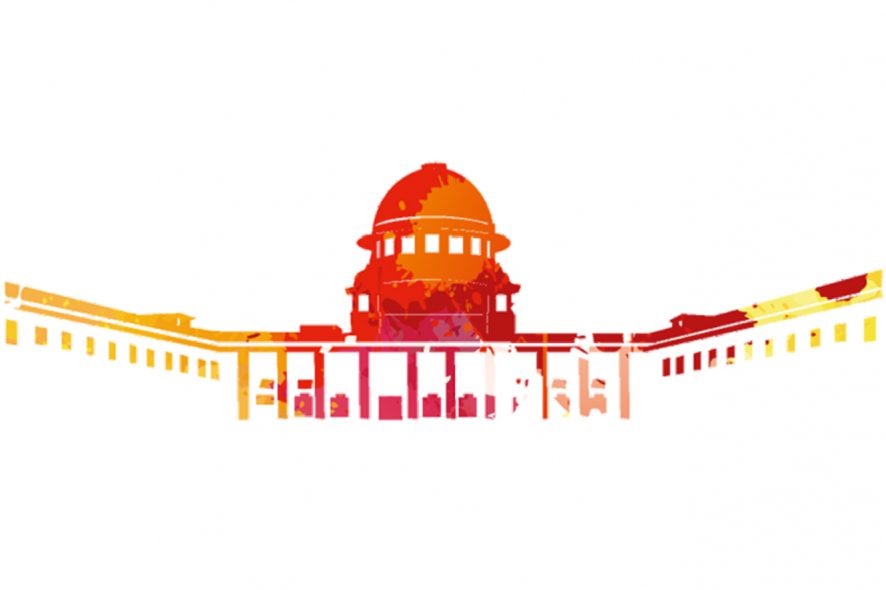Supreme Court: In the PIL that sought for possible structural reforms in the Indian Judicial System, the bench of T.S. Thakur, CJ, R.Banumathi and U.U. Lalit, JJ, keeping in mind, the need for reforms which have been long felt, referred the matter to a Constitutional Bench for an authoritative pronouncement.
Below are some of the questions that the Court thought proper for consideration:
- Whether a mere increase in the number of judges will solve the problem of undue delay in disposal of cases and to what extent would such increase be feasible? Also, would the division of the Supreme Court into a Constitutional wing and an appellate wing be an answer to the problem?
- Considering the fact that the Supreme Court of India is situate in the far North, in Delhi, rendering travel from the Southern states and some other states in India, unduly long and expensive, can be a deterrent to real access to justice, would the Supreme Court benches in different parts of India be an answer to the problem? Also, if four regional Courts of Appeal are established, in the Northern, Southern, Eastern and Western regions of the Country, each manned by, say, fifteen judges, elevated or appointed to each Court by the Collegium, would this not satisfy the requirement of ‘access to justice’ to all litigants from every part of the country?
- Is the huge pendency of cases, caused by the Court not restricting its consideration, as in the case of the Apex Courts of other countries, to Constitutional issues, questions of national importance, differences of opinion between different High Courts, death sentence cases and matters entrusted to the Supreme Court by express provisions of the Constitution?
- Is there a need for having Courts of Appeal, with exclusive jurisdiction to hear and finally decide the vast proportion of the routine cases, as well as Article 32 petitions now being decided by the Supreme Court of India, especially when a considerable proportion of the four million cases pending before the High Court may require review by a higher intermediate court?
- As any such proposal would need an amendment to the Constitution, would the theory of ‘basic structure’ of the Constitution be violated, if in fact, such division of exclusive jurisdiction between the Supreme Court and the Courts of Appeal, enhances the efficacy of the justice delivery system without affecting the independence of the judicial wing of the State?
The Court showed it’s concern over the 80% cases pending in the Supreme Court of India on average for about 5 years, in the High Courts again for about 8 years, and anywhere between 5-10 years in the Trial Courts on the average, and said that it is the duty of the Supreme Court to examine through a Constitution Bench to recommend to Government, its opinion on the proposal for establishing four Courts of Appeal, so that the Supreme Court with about 2500 cases a year instead of about 60000, may regain its true status as a Constitutional Court. [V. VASANTHAKUMAR v. H.C.BHATIA, 2016 SCC OnLine SC 698, decided on 13.07.2016]







